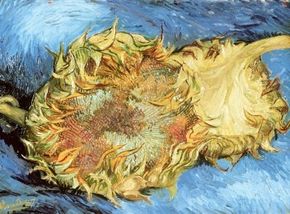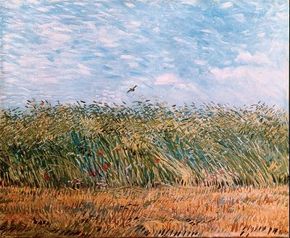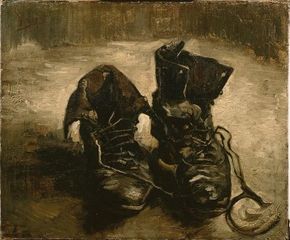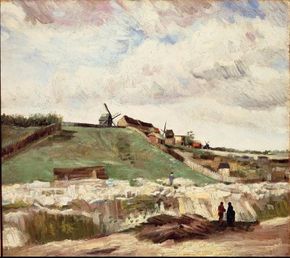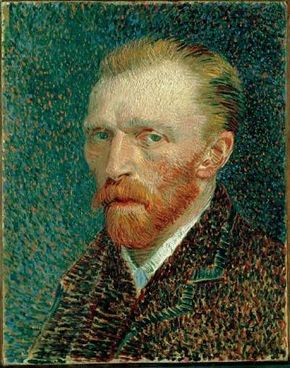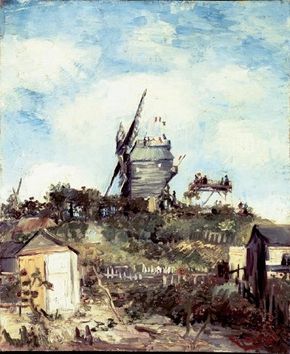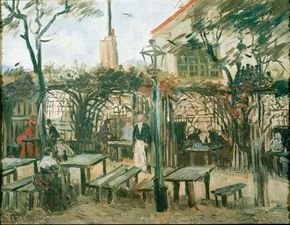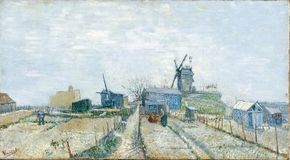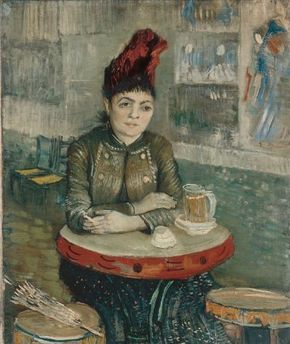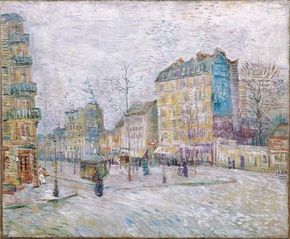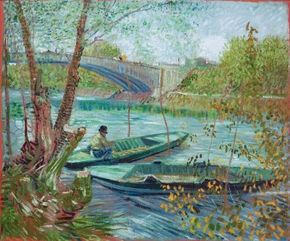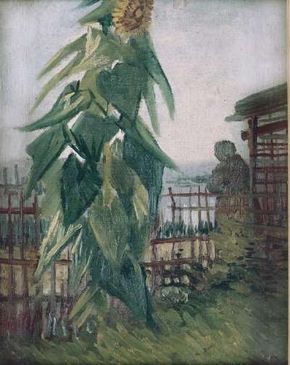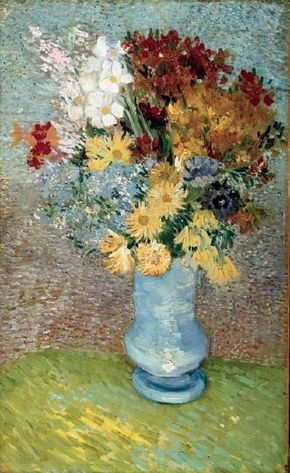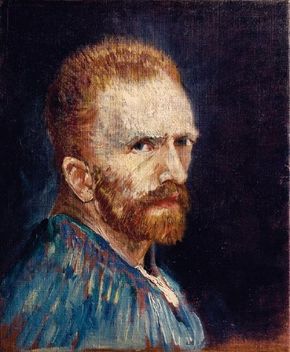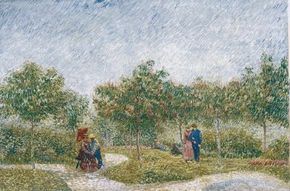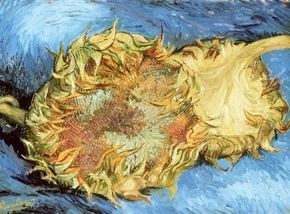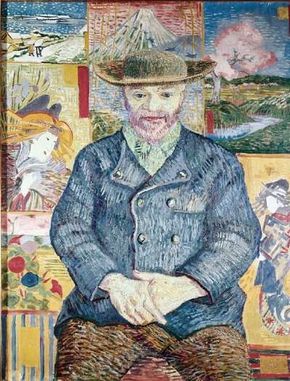Life in Paris placed Vincent van Gogh in the center of the most sophisticated art community in Europe. His brother Theo managed a contemporary art gallery where Vincent was able to see the latest works of Claude Monet, Edgar Degas, and Camille Pissarro.
Van Gogh met other aspiring painters such as Henri de Toulouse-Lautrec, Paul Signac, and Emile Bernard. Along with his brother, van Gogh visited artists' studios, and in November 1887, they met Paul Gauguin, who showed them the vivid and colorful visions of the tropics he had painted during his recent stay in Martinique.
Advertisement
Van Gogh absorbed all these new influences, intent on finding his own mode of expression. But more than anything, he was determined to comprehend and master color.
In Paris, van Gogh enlivened his palette by painting bouquets of flowers in random combinations to study the range of natural hues. In writing to Theo, van Gogh equated color with vitality. "What color is in a picture," he observed, "enthusiasm is in life."
Van Gogh's time in Paris allowed him to rejuvenate his life and advance his art. His exploration of color transformed the way he painted and confirmed his conviction that his passion for art was the essential force in his life. The following pages take you to the paintings van Gogh completed in Paris.
- Wheatfield with a Lark: Vincent van Gogh instilled this painting with the sense of spontaneity associated with Impressionism. Learn about Wheatfield with a Lark, which van Gogh painted outside among the fields.
- A Pair of Shoes: In this still life painting, Vincent van Gogh experimented with color, introducing a deep, rich gold tonality into the somber browns of his palette.
- The Hill of Montmartre with Stone Quarry: Vincent van Gogh was inspired by the artists he met in Paris. Learn how these artists influenced van Gogh's The Hill of Montmartre with Stone Quarry.
- Self-Portrait of Vincent van Gogh: Influenced by the Neo-Impressionism approach of artists like Seurat, Vincent van Gogh experimented with pointillism when creating this self-portrait. Learn how van Gogh's unique color combinations heightened the emotional content of the painting.
- Le Moulin de la Galette: Vincent van Gogh often preferred to paint en plein air -- out of the studio and in natural light. Observe how painting outdoors enriched the color quality in Le Moulin de la Galette.
- Terrace of a Café on Montmartre (Le Guinguette): The subject of this painting often appears in the paintings of other artists, like Pierre-Auguste Renoir. Learn how van Gogh's use of light and color make his interpretation unique.
- Vegetable Gardens and the Moulin de Blute-Fin on Montmartre: Vincent van Gogh continued his experiments with color in this painting. Learn how van Gogh also integrated varied brush strokes when creating Vegetable Gardens and the Moulin de Blute-Fin on Montmartre.
- Agostina Segatori Sitting in the Café du Tambourin: The subject of this painting -- a Paris café proprietor -- often served as a model for Vincent van Gogh. Observe the relationship between the complementary colors in this painting.
- Boulevard de Clichy: Vincent van Gogh again broadened his color palette when creating this painting. Note how van Gogh infuses Boulevard de Clichy with floral hues and jewel tones.
- Fishing in the Spring, the Pont de Clichy (Asnieres): This painting -- which Vincent van Gogh created during trips to a Paris suburb with fellow artists -- is an example of van Gogh's plein air approach.
- Garden with Sunflower: Vincent van Gogh created several studies of sunflowers while living in Paris. Learn how van Gogh used contrasting colors in Garden with Sunflower.
- Flowers in a Blue Vase: Vincent van Gogh displays a full tonal range of color -- from deep brown to opalescent pinks -- in Flowers in a Blue Vase.
- Self-Portrait: With its deeply shadowed background, this self-portrait of Vincent van Gogh is reminiscent of Rembrandt. Learn how van Gogh differentiated his series of self-portraits through his use of color.
- Courting Couples in the Voyer d'Argenson Park at Asnieres: Learn how Vincent van Gogh used complementary tones to create the vibrant figures and background in Courting Couples in the Voyer d'Argenson Park at Asnieres.
- Two Cut Sunflowers: For his experiments with color, Vincent van Gogh often preferred flowers to other subjects. Learn how van Gogh used bold, contrasting colors to explore the full range of yellow in Two Cut Sunflowers.
- Le Pere Tanguy: Vincent van Gogh painted this Paris art shop proprietor against a backdrop of Japanese prints, which van Gogh collected and admired.
A lone lark soars across the sky in Wheatfield with a Lark. Learn about this Vincent van Gogh painting in the next section.
To learn more about art, famous artists, and art history, check out:
Advertisement
